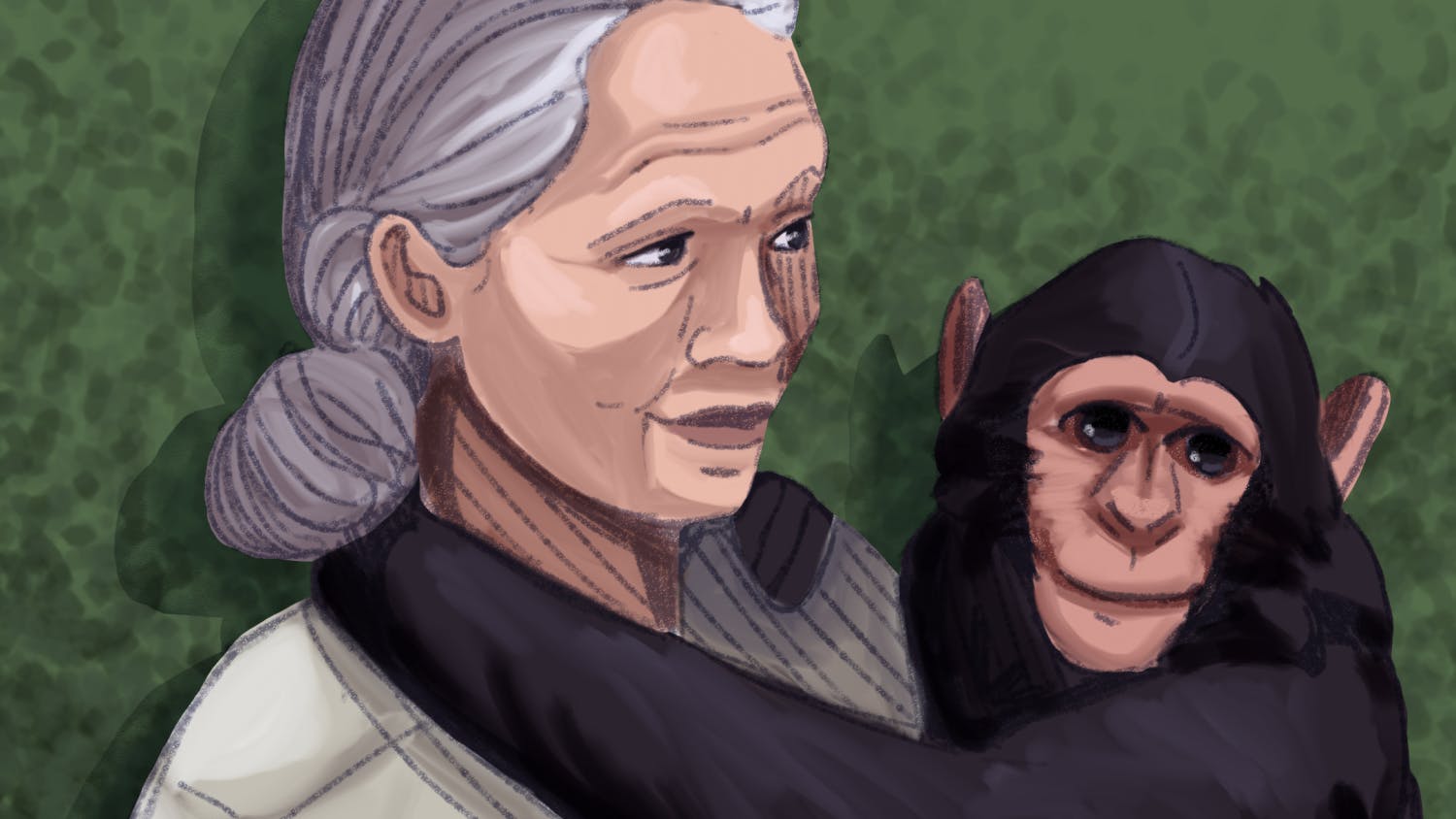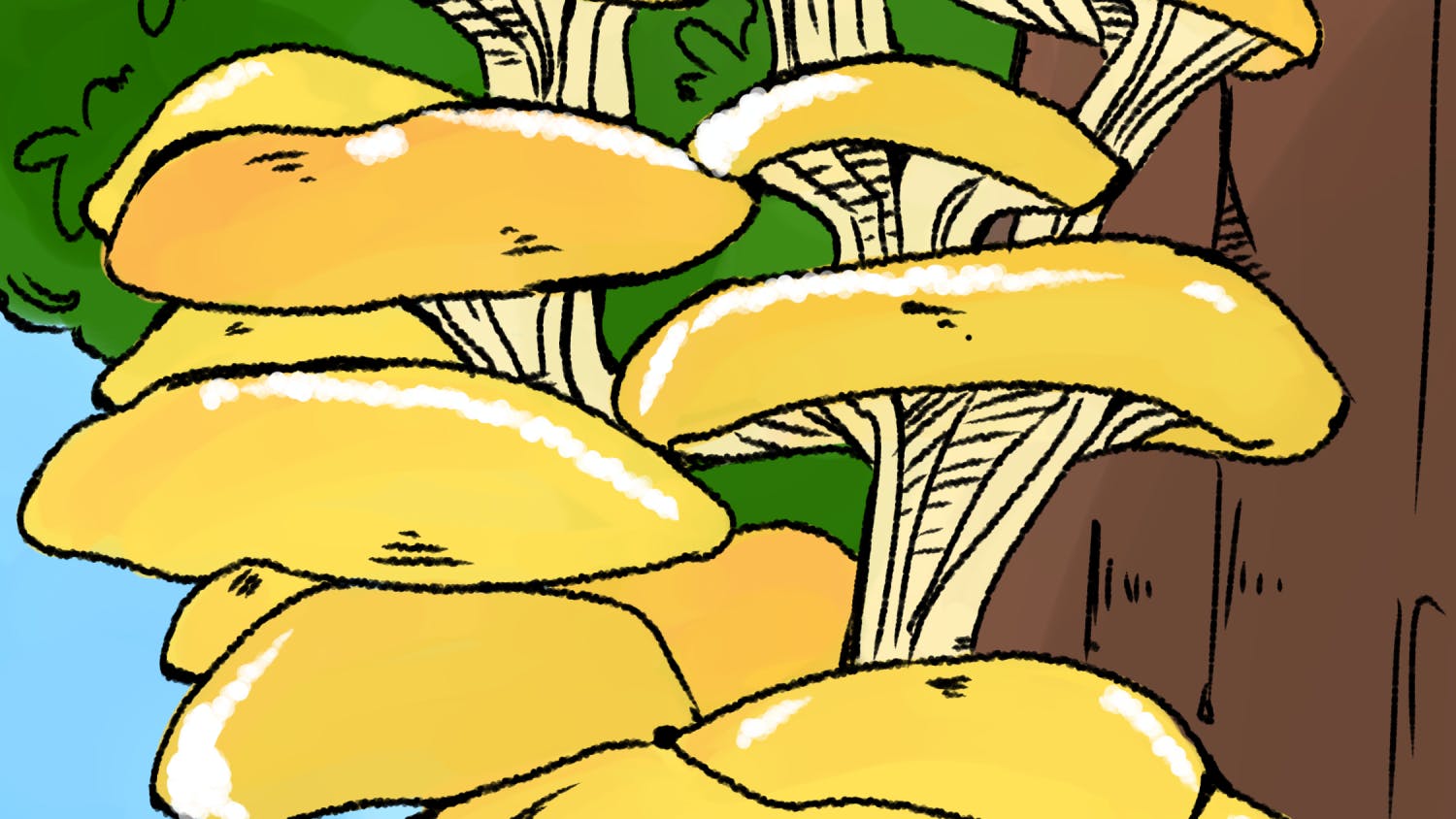How did we get here? This is one of the most deep-seated questions in the human race. It is also David Baum’s, exobiologist in the department of botany at UW Madison, research.
Life must have started at some moment when the “soupy mixture” of chemicals and minerals stopped being random and became alive.
But what does it mean to be alive? According to Baum, one of the major criteria for life is the ability to evolve adaptively. An entity may change randomly, and the environment will respond in one of two ways. Most likely, the environment will have negative effects on the entity with the changes, and it will die off. Sometimes, however, an entity may have changed in a way better suited to its environment, and that change will persist on through generations.
Baum approaches this field with a unique perspective. Almost everyone studying the origins of life is either a physicist or geologist, but there are very few biologists like Baum. His ideas, however, are providing a necessary paradigm shift about how we think about early life.
“It was clear to me that there was a perspective missing, in particular a perspective about how selection works, and the fact that selection doesn’t need cells, you can have it without cells as a principle,” Baum said.
Baum provided a useful analogy for understanding the idea of selection without cells. Imagine a hypothetical landscape where human populations exist as sectioned-off clans. Each clan is competing with one another for resources, so if a clan is good at working together, they can get more resources and generate more offspring. Genes from that successful clan will dominate over time.
Now imagine a situation in which every person has a plot of land, and no clans this time. Each person can cooperate with their neighbors, or not. His situation, with no defined clans, still allows for cooperation. The people who cooperate with their neighbors are more successful and can create offspring who will colonize more broadly. In essence, selection is promoting cooperation regardless of whether or not the defined groups of the clan exist.
Baum is expecting to see a type of evolution similar to this analogy in his NASA funded study, aptly named CESPOoL. He hopes to better understand the origin and evolution of surface-associated, life-like, interacting molecular ensembles, or SLIMES.
“The basic principle is if we take a chemical soup that is rich in energy and the building blocks of potential life … then we can select over many generations for chemical systems that can better propagate themselves,” Baum said.
They will introduce this “chemical soup” to an environment containing grains of minerals that the SLIMES can stick to and grow on. The only way the SLIMES can stay in the environment is by moving from grain to grain, which will allow Baum and his team to select systems that can grow and adapt.
This is a very unique way to study the origin of life because the researchers aren’t focusing on one specific aspect of a cell, such as a membrane or a nucleus. Instead, they are focusing on the ability to grow and adapt in general. In addition, by including a wide array of possible ingredients from which life could arise, they are speaking to NASA’s interest in how life could exist on other worlds.
“NASA is very interested in the question of what other life might exist in other planetary systems, and they’re also naturally curious as to how we would recognize life if it were somewhere else and looked very different than ours,” Baum said.
NASA works to sterilize spaceships so they do not contaminate other planets with bacteria from our world, Baum explained. They also want to be cognizant of the remote possibility that they may bring something back from another planet. Baum’s research will not only be able to tell us a little bit more about the beginnings of life on our planet but could help hypothesize about the origins of extraterrestrial life as well.
Even if Baum’s experiment doesn’t turn up any SLIMES or life-like organisms, it is clear that bringing the biological perspective into the conversation about the origins of life was beneficial. His model can be replicated by other labs looking to study similar topics and will continue to be useful well after his own team has completed this research.
“Understanding what life would look like elsewhere, and just how likely it is that there is life on maybe Enceladus, or Titan, or some kind and how similar it might be to our life, is something [NASA] really cares about,” Baum said.





